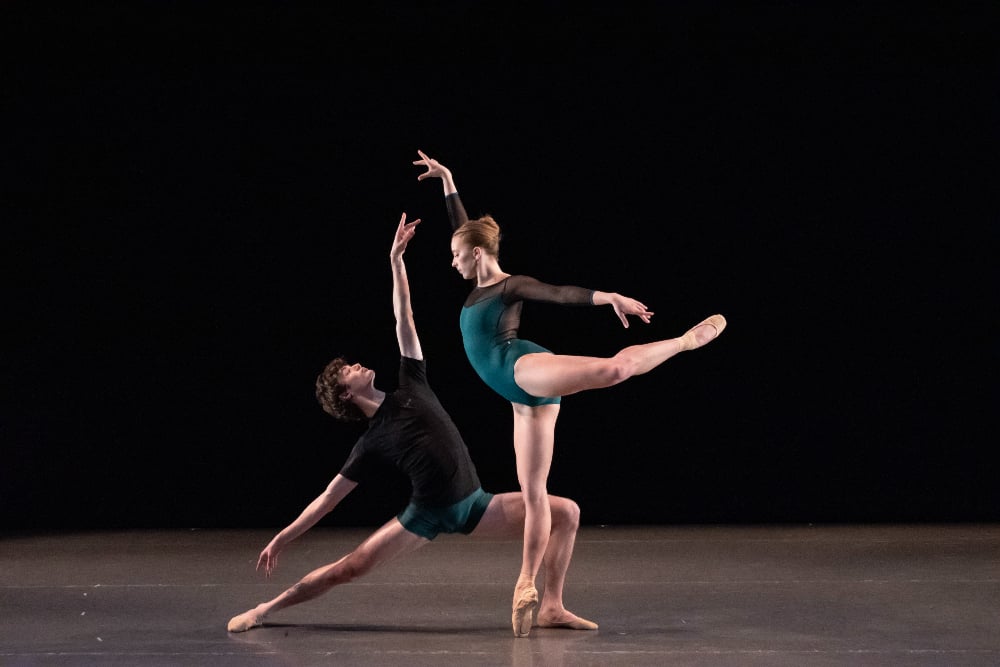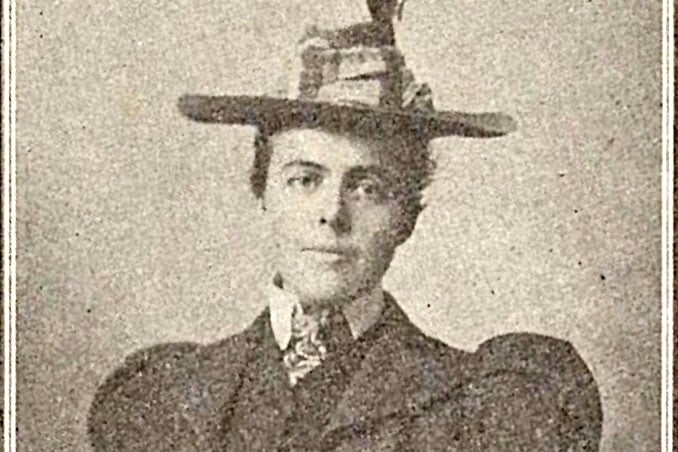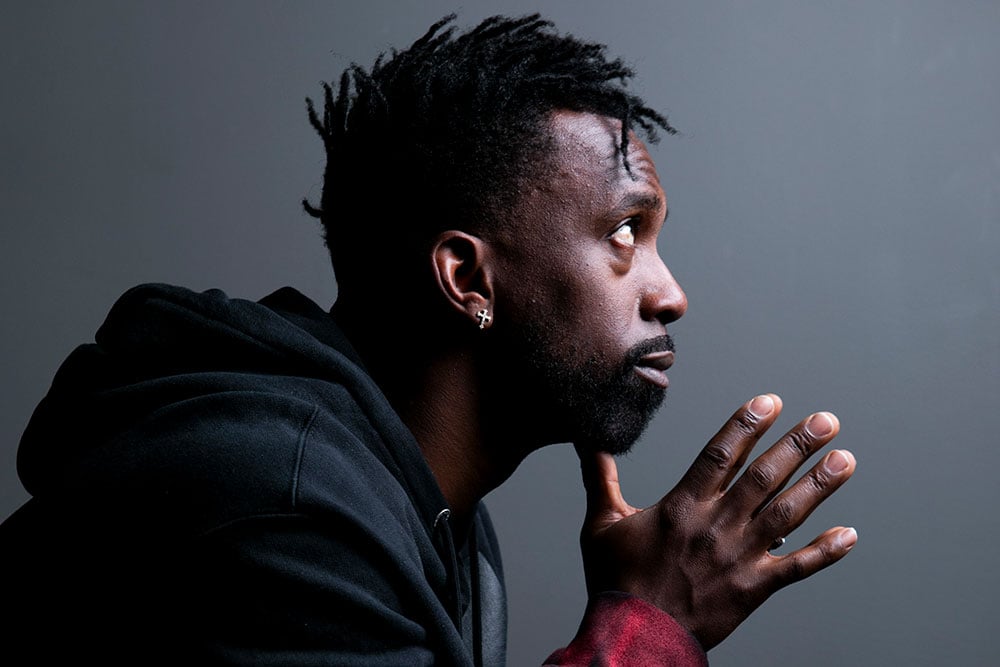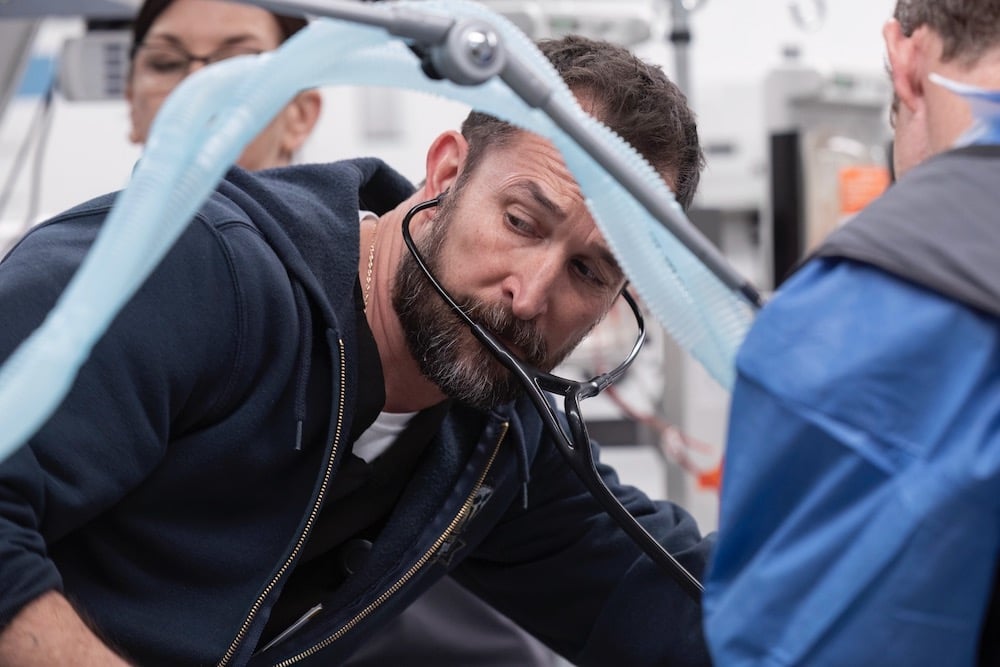Changes and a New Hip-Hop Concentration Have Revitalized Dance at Point Park
A four-year hip-hop concentration, an elevation to a School of Dance designation and more have amplified the 57-year-old program.
When Garfield Lemonius joined Point Park University’s faculty as an associate professor in 2010, the professional dancer, choreographer and educator felt the dance program needed to increase diversity and expand its modern-dance curriculum.
During a rise through the ranks that led to his appointment last January as dean of the newly established School of Dance — and artistic director of the Conservatory of Performing Arts — Lemonius has seen those needs fulfilled, including through the establishment of one of the first four-year hip-hop dance concentrations in the country.
He says, however, that he believes “the School of Dance is in its infancy right now.”
Outreach to the dance community at large, institutional developments and campus expansion are bolstering the school’s standing. Earlier this year, the university hosted the National High School Dance Festival, which welcomed students from across the U.S. and from Canada and Australia. In May, it served as the site for the National Society of Arts and Letters National Ballet Competition; later that month, it became the new home for the Summer Project, an annual initiative of Springboard Danse, a dance service organization formerly based in Montréal.
“Events like [these] highlight Pittsburgh as an arts center,” says Lemonius, adding that they bring revenue to Pittsburgh, increase visibility for the university and raise awareness of the school for potential students.
The ballet-centric dance program — initiated in 1968 as an experiment in academic studies and performing arts (which birthed Pittsburgh Ballet Theatre) — since has broadened its artistic focus and reinforced its well-established reputation for excellence. It was earlier this year listed among 25 top dance institutions by DanceUS.org, a website that provides resources for aspiring dancers.
The elevation from “department” to “school” enables the development of more specialization; currently, the departments of concert and commercial dance are under the umbrella of the school. As a school, educational partnerships with the university’s other schools can be established, and degree options can be broadened.
Lemonius says, for example, that the School of Theatre, Film and Animation could generate a dance-cinema program, while the dance-education program, currently a joint venture between the schools of dance and education, could spin off. The new “fast-track bachelor’s to master’s” program is collaborative and facilitates earning a four-year B.F.A. or B.A. in dance simultaneously with an MBA (in business), M.A. (in communications) or M.Ed. (in education).
The curriculum aims to meet the demands of the industry and prepare the current 360-plus dance majors for jobs. A minor in choreography launched with this year’s fall semester; a new four-year hip-hop concentration joins the ballet, modern dance and jazz programs.
“Hip-hop is growing so much that it needs to be part of the curriculum. Today’s industry is looking for versatility,” says Associate Professor Crystal Frazier, who is the heart of the school’s hip-hop program.
Frazier, who joined the faculty in 2019, is one of the first tenured hip-hop professors in the country. Along with teaching her students hip-hop styles ranging from breaking to waving, she imparts history and culture to enable students to speak of the genre with the same level of knowledge that they discuss other dance forms.
“It’s about training the students to walk out the door knowing and understanding the movement,” she says.
More than 1,000 hopefuls apply annually; of those, 120 are admitted. Academic acceptance is required, as is an audition that evaluates previous training, skill, aptitude and potential.
Dancers declaring the hip-hop concentration also must show proficiency in both structured and freestyle dance. “I need to know that they understand the ‘groove.’ Without the ‘groove,’ there is nothing — anybody can do ‘arm-ography,’” says Frazier.
The school’s state-of-the-art facilities now occupy four Downtown buildings. Four large studios recently were installed on the second floor of 225 Blvd. of the Allies, which extends the university’s urban campus to 15 properties and increases the total number of studios to 14 (or 18, counting four studios in the Pittsburgh Playhouse, the campus’ main performance venue).
Currently, the Conservatory Dance Co. provides a performing outlet for students. However, Lemonius says, “I believe that, potentially, we can create a dance company [that provides] the experience of what it’s like to be in a professional dance company.”
He debunks the old adage, “Dance career first, education later.” He says a rigorous undergraduate dance education produces mature, well-rounded artists who can cope with demanding careers. Alumni have gone on to work in professional dance companies, on Broadway, on cruise ships and as backup dancers for musical artists.
“The industry needs professional dancers, and we want dancers who are skilled to become dance educators to train tomorrow’s dance artists,” he says. “We are responding to this.”















